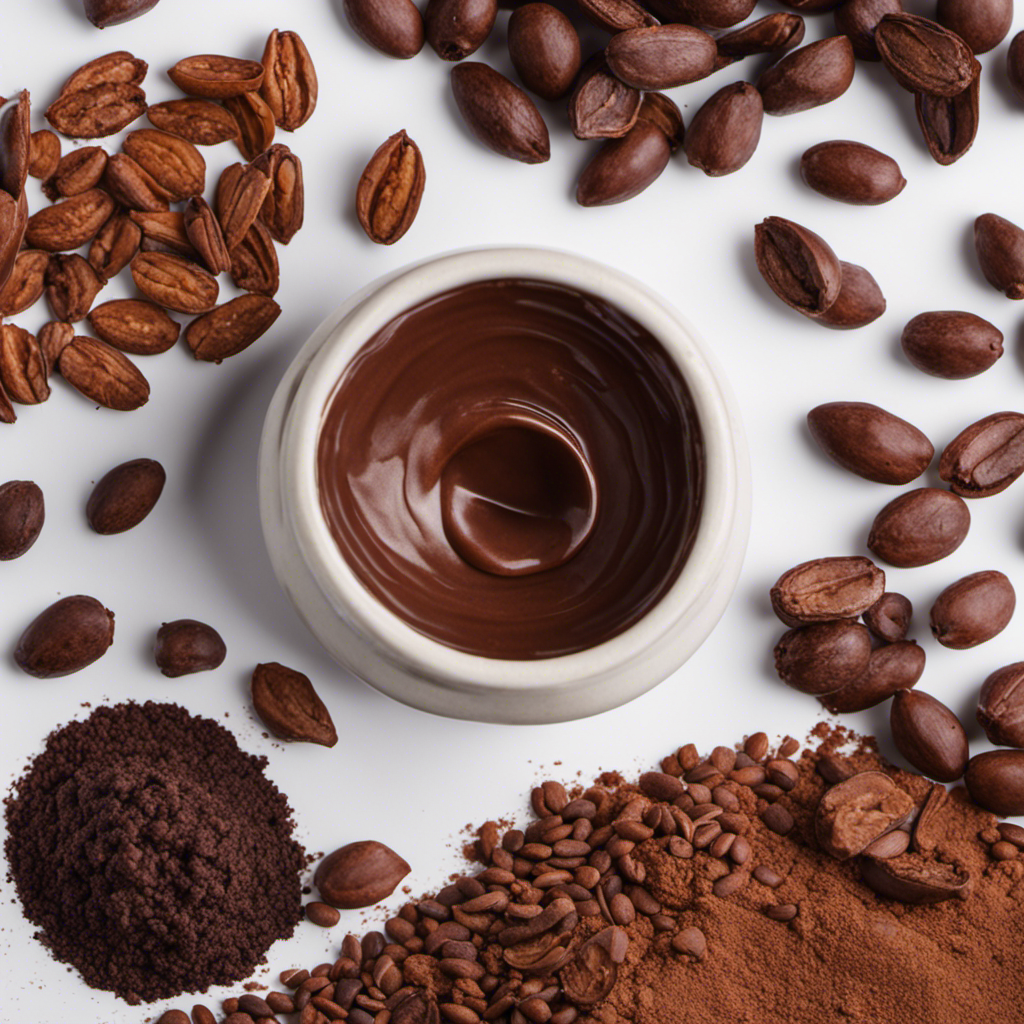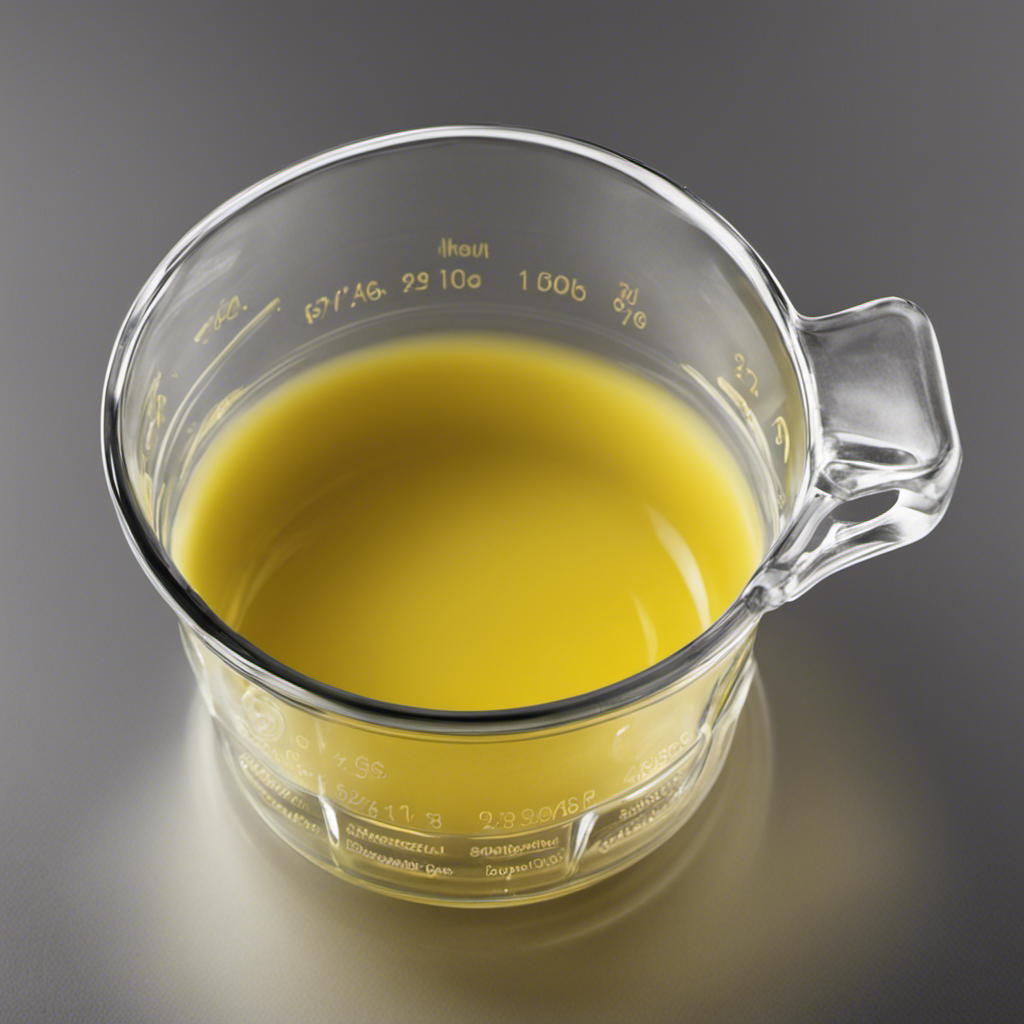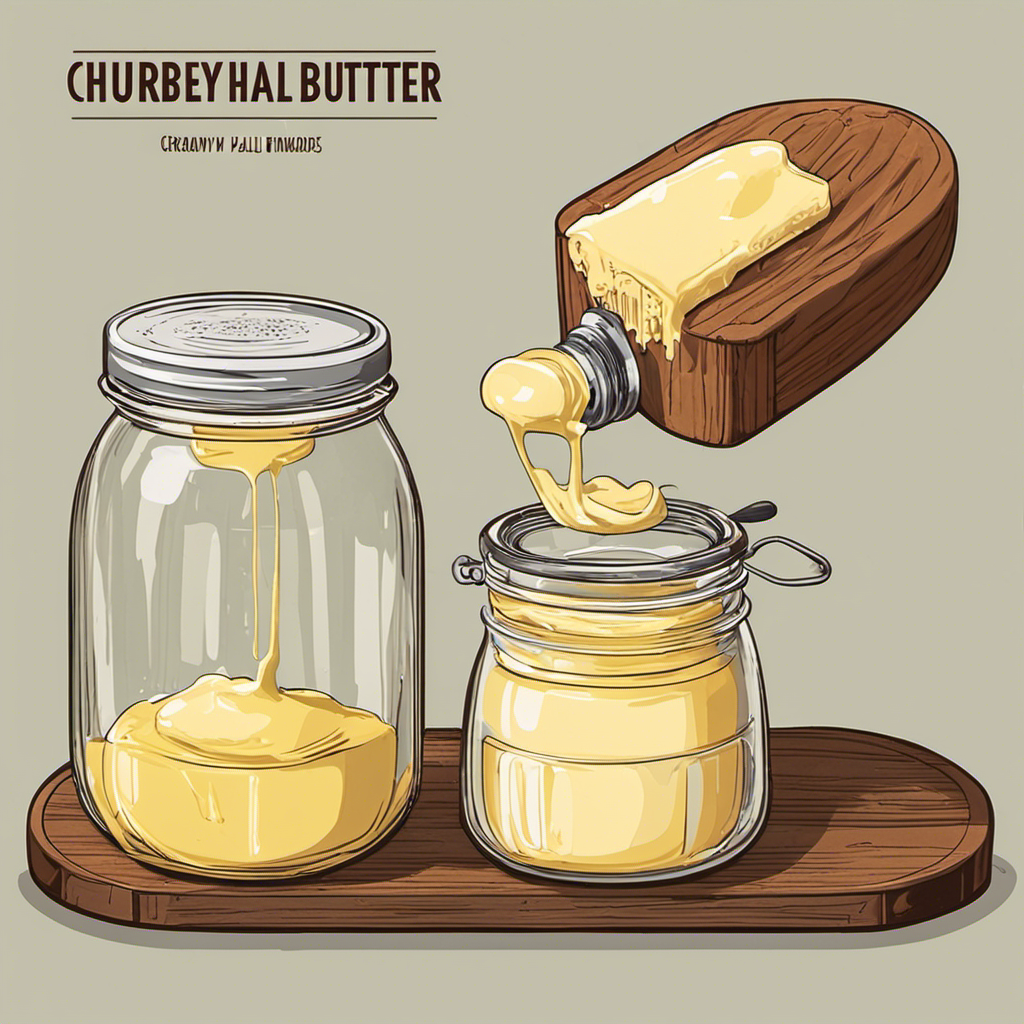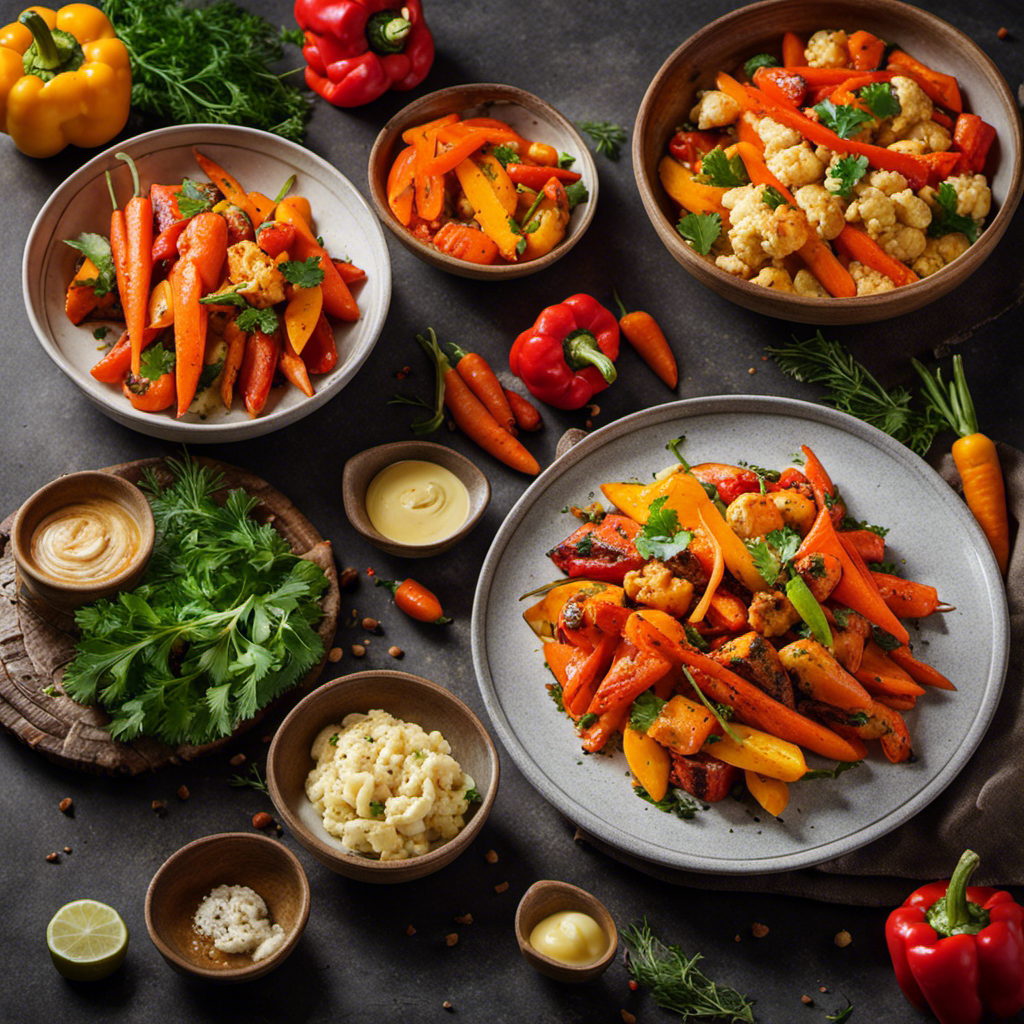Are you prepared to take your cooking skills to the next level with an explosion of spicy, buttery flavor? Search no more, because this guide on crafting Cajun butter sauce is all you need.
Imagine your taste buds dancing with delight as the flavors of Cajun seasonings mingle with rich, creamy butter.
In just a few simple steps, you’ll be able to create a sauce that pairs perfectly with seafood, vegetables, or even grilled meats.
Get ready to take your dishes to the next level with this tantalizing sauce.
Key Takeaways
- Cajun Butter Sauce can be made with ingredients such as butter, garlic cloves, Cajun seasoning, Worcestershire sauce, and lemon juice.
- There are different variations of Cajun Butter Sauce, including Classic Cajun, Lemon Herb, and Smoky Chipotle.
- The spice level of the sauce can be adjusted by increasing or decreasing the amount of Cajun seasoning and adding a pinch of cayenne pepper.
- To prepare the sauce, melt butter in a saucepan, heat a skillet and add melted butter, sprinkle in Cajun seasonings, and stir to infuse flavors. The sauce can be stored in an airtight container in the refrigerator for up to a week and can be used as a glaze for grilled shrimp, tossed with roasted vegetables, or brushed on baked chicken.
Ingredients for Cajun Butter Sauce
You’ll need a stick of butter, garlic cloves, Cajun seasoning, Worcestershire sauce, and lemon juice for your Cajun butter sauce.
Cajun butter sauce is a versatile and flavorful sauce that can be used to enhance the taste of various dishes. There are different variations of Cajun butter sauce, each with its unique twist of flavors. Some recipes may call for additional ingredients like hot sauce, paprika, or herbs for added depth and complexity.
To adjust the spice level of your Cajun butter sauce, you can increase or decrease the amount of Cajun seasoning or add a pinch of cayenne pepper for an extra kick.
Now that you have gathered your ingredients, let’s move on to preparing the Cajun butter sauce base.
Preparing the Cajun Butter Sauce Base
First, start by melting the butter in a saucepan over medium heat. As the butter sizzles and transforms into a golden liquid, the aroma fills your kitchen, instantly igniting your senses.
The cajun butter sauce, with its rich and flavorful base, is a versatile addition to many dishes. Here are three different variations of this delectable sauce:
-
Classic Cajun: Infused with the bold flavors of garlic, paprika, cayenne pepper, and thyme, this version packs a spicy punch, perfect for adding a kick to grilled shrimp or chicken.
-
Lemon Herb: Enhance the tanginess by adding freshly squeezed lemon juice and a medley of fragrant herbs like parsley, basil, and chives. Drizzle it over grilled fish or roasted vegetables for a burst of freshness.
-
Smoky Chipotle: Spice things up with chipotle peppers in adobo sauce, giving the sauce a smoky and slightly sweet undertone. This variation pairs wonderfully with grilled steak or roasted corn.
Experiment with these different variations to discover which one complements your favorite dishes the best.
Adding Cajun Seasonings to the Sauce
Once you’ve melted the butter and created the flavorful base, it’s time to add the Cajun seasonings to the sauce. This step is crucial in creating the distinct and spicy flavor that Cajun cuisine is known for. Cajun seasonings typically consist of a blend of spices including paprika, garlic powder, onion powder, cayenne pepper, and black pepper. These seasonings can be adjusted to your personal preference, allowing you to create different variations of the sauce. To help you visualize the different variations, here is a table showcasing three common Cajun seasoning recipes:
| Cajun Seasoning Variation | Ingredients |
|---|---|
| Mild | Paprika, garlic powder, onion powder |
| Medium | Paprika, garlic powder, onion powder, |
| cayenne pepper | |
| Spicy | Paprika, garlic powder, onion powder, |
| cayenne pepper, black pepper |
Once you’ve added the Cajun seasonings, stir the sauce well to ensure that the flavors are evenly distributed. Now that your Cajun butter sauce is complete, you can use it as a delicious dipping sauce for seafood, a flavorful glaze for grilled chicken, or a tangy dressing for salads. The possibilities are endless! Experiment with different pairing suggestions to find your perfect combination.
Cooking the Cajun Butter Sauce
After melting the butter and creating the flavorful base, it’s time to add the Cajun seasonings to amp up the spice level. The cooking techniques used in making Cajun butter sauce are simple yet important to achieve the perfect balance of flavors. Here’s how you can cook the sauce to perfection:
- Heat a skillet over medium heat and add the melted butter.
- Sprinkle in the Cajun seasonings, such as paprika, cayenne pepper, and garlic powder, to add a burst of flavor.
- Stir the seasonings into the butter, allowing them to infuse and create a fragrant aroma.
By following these cooking techniques, you’ll ensure that the Cajun butter sauce is rich, spicy, and full of flavor.
Serving and Storing Cajun Butter Sauce
To serve and store the Cajun butter sauce, simply transfer it to an airtight container and refrigerate for up to a week. This flavorful sauce is incredibly versatile and can be used in a variety of dishes to elevate the taste and add a Cajun kick. Here are some serving suggestions and ways to use Cajun butter sauce:
| Serving Suggestions | Ways to Use Cajun Butter Sauce |
|---|---|
| Grilled Shrimp | Drizzle over grilled shrimp for a spicy and buttery glaze. |
| Roasted Vegetables | Toss roasted vegetables in Cajun butter sauce for a zesty twist. |
| Baked Chicken | Brush Cajun butter sauce on baked chicken for a flavorful coating. |
The rich and creamy sauce pairs well with seafood, vegetables, and poultry, making it a versatile option for your culinary creations. Whether you’re grilling, roasting, or baking, Cajun butter sauce adds a burst of flavor and heat to any dish. Experiment with different combinations and let your taste buds explore the bold flavors of Cajun cuisine.
Conclusion
In conclusion, making Cajun Butter Sauce is a simple yet flavorful process that will elevate any dish to new heights.
By combining a rich buttery base with the perfect blend of Cajun seasonings, you can create a sauce that is both spicy and savory.
Whether you drizzle it over grilled seafood or use it as a dipping sauce for crispy chicken wings, this versatile sauce is sure to impress your taste buds.
So why settle for ordinary when you can indulge in the bold flavors of Cajun Butter Sauce? Give it a try and let your taste buds dance with delight!










